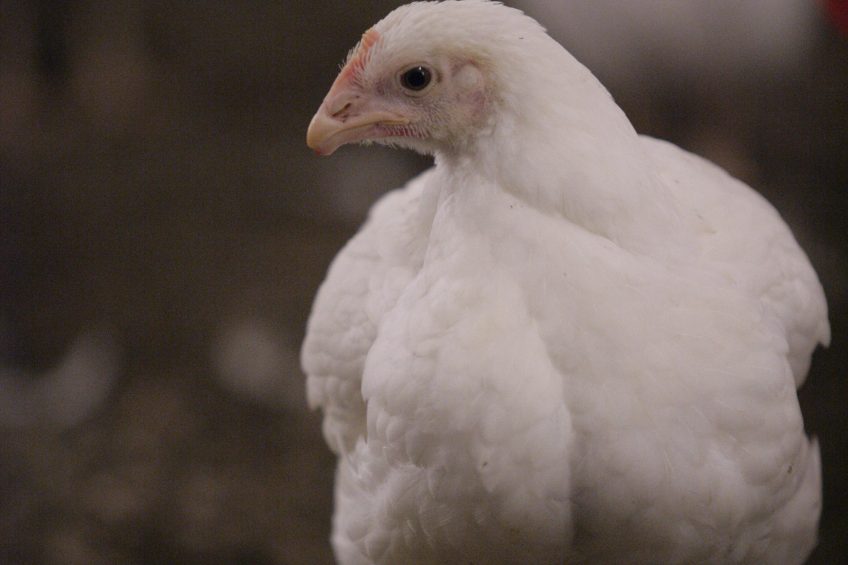GI Tracts: Feeds’ final frontier

The intestinal epithelial monolayer is the frontier that controls both nutrients passing into the bloodstream and prevents pathogens gaining access. An Adisseo forum at the European Poultry Conference explored the concept in more detail.
Poultry rations are increasing in complexity as producers seek to match the genetic potential that modern birds offer while formulating diets at an acceptable cost.
Understanding the gut, therefore, where feed is converted into the nutrition that fuels bodyweight gain and egg production is an ever-more important part of poultry farming.
Ahead of the XVth European Poultry Conference leading animal nutrition firm Adisseo held a workshop exploring some of the latest trends.
Tricky prescription
Opening the day, the University of Georgia’s Todd Applegate explained the challenge nutritionists faced: “The response to a challenge is really going to be dependent on the mode of the pathogen, the virulence of the pathogen and we also see variance of responses between individuals within that population.
“So it’s very hard to prescribe, and predict as a nutritionist, what to supply because we never know those three things, load virulence and how that individual is going to respond.”
Prof Applegate said the gut was a complex, dynamic organ that takes about 20% of the body’s calories for maintenance, and has an important role to play in protein synthesis and hormone regulation. But any challenge introduced to birds can rapidly change that environment. “If the intestine has a pathogen effecting it, it’s response is going to be to try and rid the body of that pathogen.
“So it moves to peristalsis, we get reduction in the amount of dry matter absorbed by the lining, and if a cell is infected, its response is to essentially move up the rate of turnover of that tissue, and try to replenish those affected cells more quickly, the secretory immune response is going to be uprated to produce more mucin to try and remove things more quickly through the digestive tract.”
Frontier
Pierre-André Geraert, Adisseo’s director of scientific marketing, added: “It is important to consider the intestinal wall not as a barrier but as a frontier. We need to absorb nutrients, that’s a key point to performance.
“It’s not a wall, it’s a frontier, and like any frontier, you have to accept and refuse things. We always say frontier, you need to keep in mind the intestine wall is the last border before the blood – after that you enter into the body. We sometimes forget that key point.”
| American nutrition update The University of Arkansas’ Mike Kidd offered an update of the American market. He said that amino acid inclusion had led to producers in the states running some of the lowest protein diets in birds. Birds becoming more responsive to nutrition meant lower energy in diets, and higher responses to lysine allowed amino acid to be scaled back. Processing weights over the past eight years had increased, he said, from about 3.4kg to 4.2kg, but myopathies had stopped that increase. Another trend emerging was lower chick quality, and higher seven-day mortality rates, as the pressure to halt the use of antimicrobials grew. |












